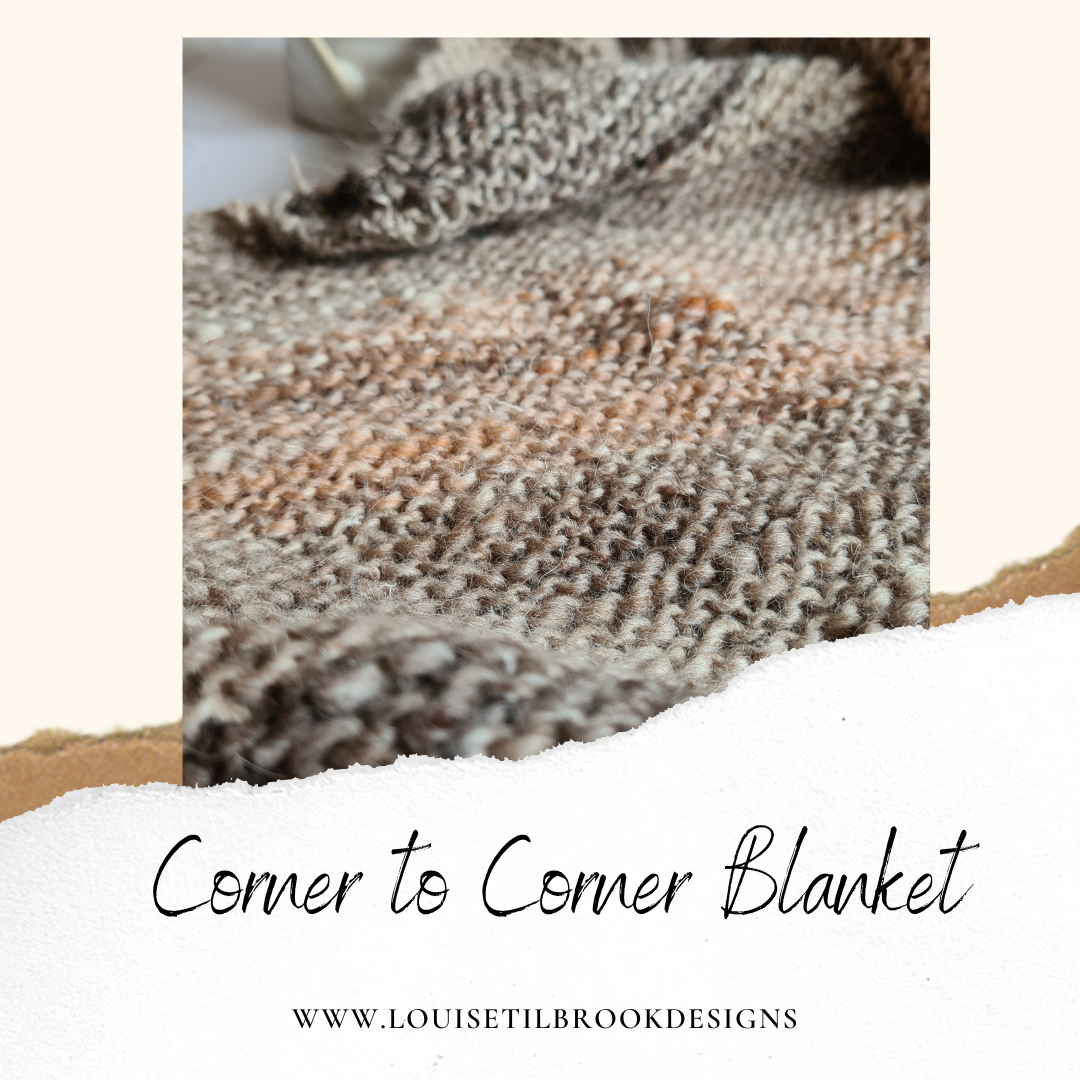I think one of the most popular blog posts I ever wrote, back in the day, was entitled Death by Scarf. In it I talked about how I had come across an acquaintance who was a new knitter and he had asked for recommendations for starter projects. He’d been given the traditional advice often given to newer knitters that he should start with a ‘nice garter stitch scarf’ and well, let’s just say that the idea didn’t appeal to him.
And I didn’t blame him one little bit. As far as I’m concerned there is nothing more likely to bore the pants off a new knitter and to firmly turn them off the hobby for life than making them sit through the tedium of knitting 6-feet of garter stitch no matter how lovely the yarn.
Unless it’s a scarf for a teddy bear then nope, I’m afraid you can keep your nice garter stitch scarves.
Instead I directed him towards the amazing Tincan Knits website where they have a fabulous (and free) range of patterns aimed at beginners. The instructions are clearly laid out with tutorials to everything the new knitter is likely to need.
The next time I saw him, in a matter of a few short weeks he had knitted a hat, some mitts and was shopping for yarn for his first pair of socks. The man was well and truly hooked and believe me when I say I rejoiced inside.
People only think it’s hard if you tell them it is
It’s a fact that’s common to most areas of life, when you are a beginner you literally know nothing. Not only that, but you don’t know what you don’t know. Indeed, in the Four Stages of Learning this is rather insultingly defined as Unconscious Incompetence. But it’s true, you can’t know something until you’ve started the process of learning.
Gradually people move through a process of being aware of what they don’t know (conscious incompetence), becoming more proficient (conscious competence) and finally through to being so skilled that they can do it without thinking (unconscious competence).
Turning the heel of a sock is a classic example of this. Often people will tell me things like they have been knitting for years but have always been scared to try socks. They will talk about ‘turning the heel’ as though it is somehow imbued with magical properties rather than a series of easily followed instructions.
Literally all you need to do is follow the steps in front of you faithfully, to the the letter and you will have a successful heel turn. It’s isn’t magic, it’s maths.
Some people react in horror when I suggest socks as a beginner knitting project but really when you think about it they are ideal. Yes, the cast on can be a little tricky but that’s the same of any cast on when you are just starting out. As a young girl my Nana used to cast on and do the first row for me when she was teaching me to knit.
But once the cast on is done you are literally just knitting round and round, there’s nothing else to distract your attention. You come to the heel turn, concentrate and follow the instructions. Then it’s plain sailing all the way to the end.
As a beginner you don’t know that socks are thought to be hard. You only know they are hard if other knitters tell you that they are.
Keeping a beginners mind
I’ve seen teachers and other education professionals refer to ‘keeping a beginners mind’ when approaching a new topic or skill and it’s a great thing to do. It’s not meant to be insulting or patronising, but more it’s meant in the spirit of being open to learning and to new experiences.
It’s a term translated from from Shoshin - which comes from Zen Buddhism -and it describes the way that a beginner doesn’t have any expectations or pre-conceived ideas about how something should be. They are literally experiencing something for the first time.
“If your mind is empty … it is open to everything. In the beginner’s mind there are many possibilities, but in the expert’s mind there are few.” - Shunryu Suzuki
And no matter how expert we might be in something, there’s a lot to be said for stepping back sometimes and seeing it fresh, with a beginners mind.
We might be surprised at what we find.







